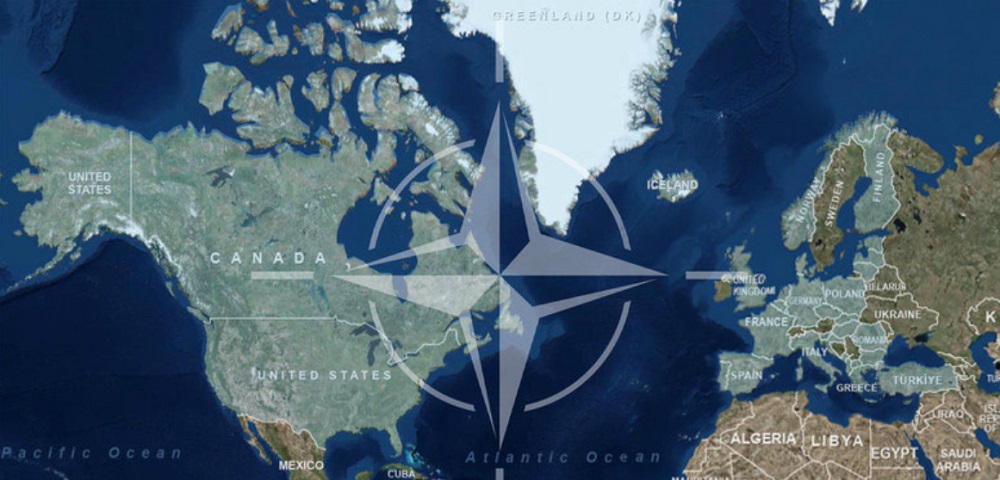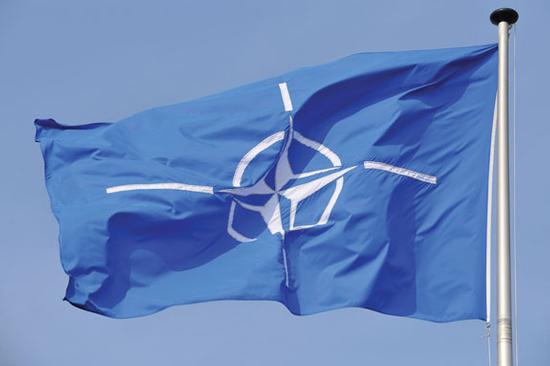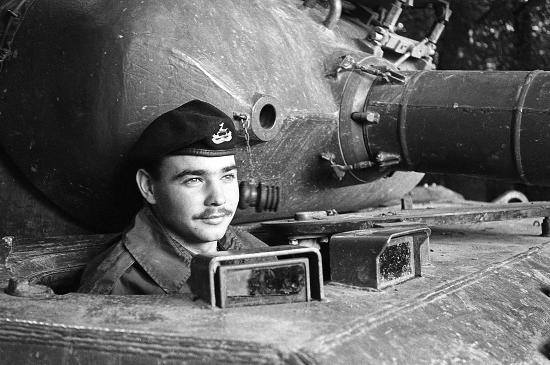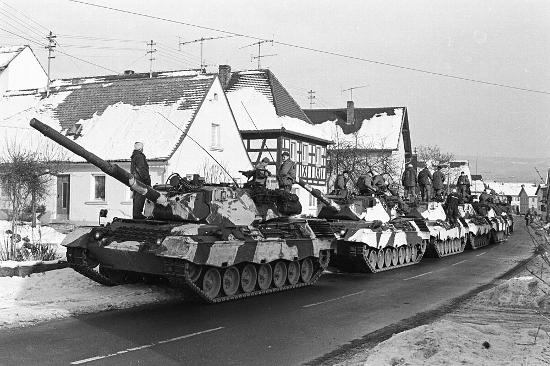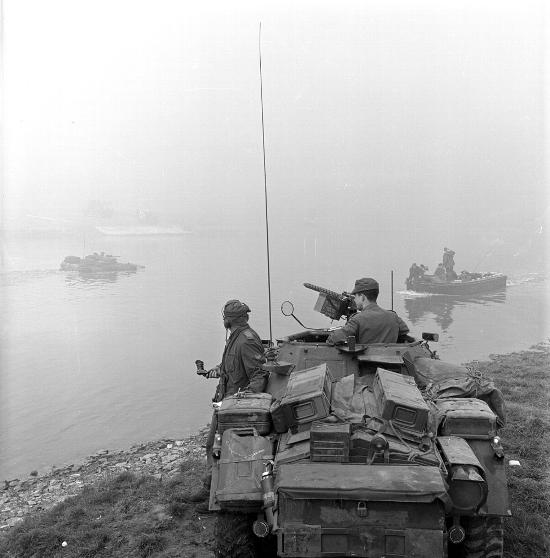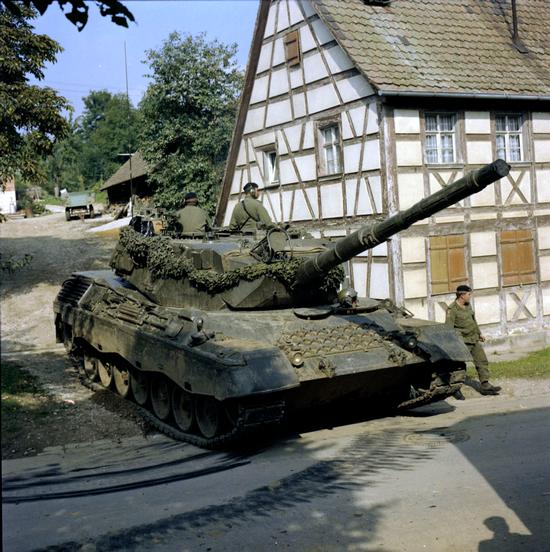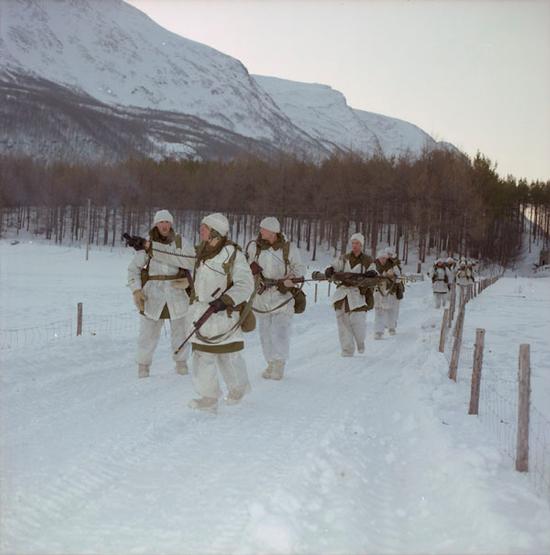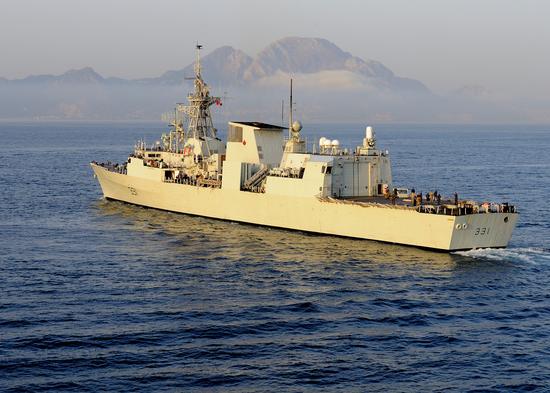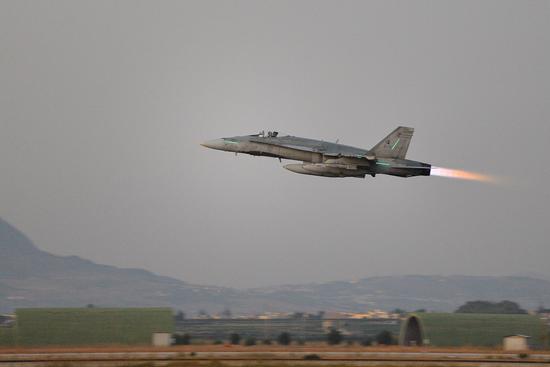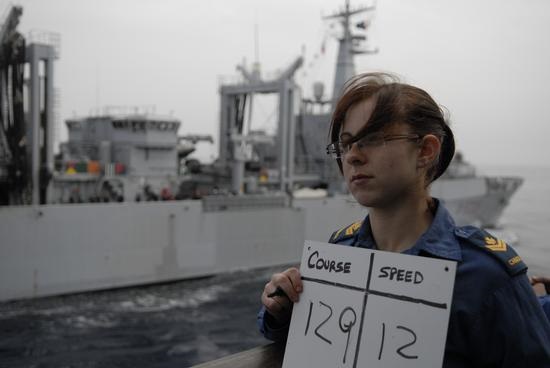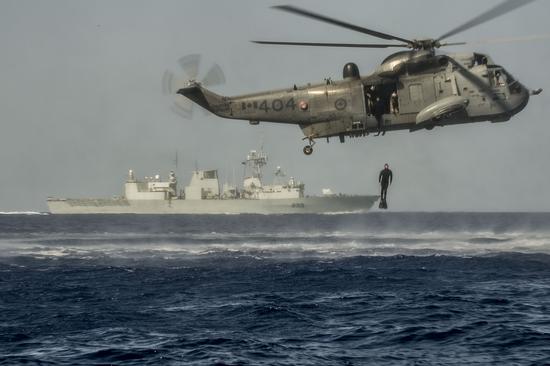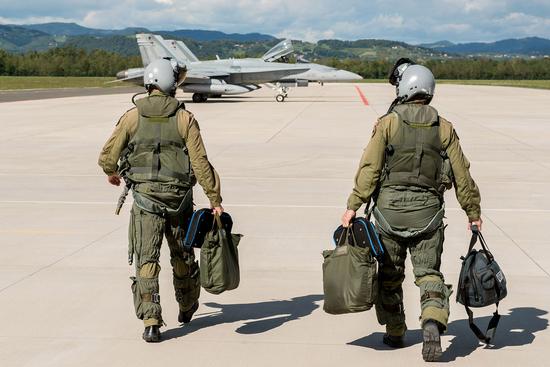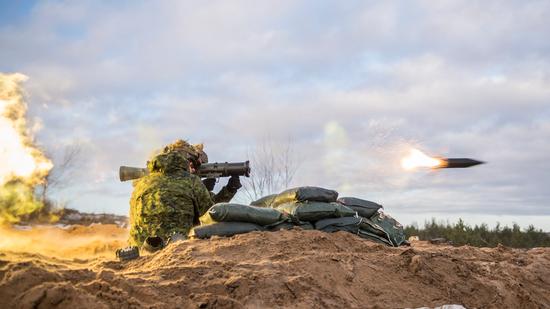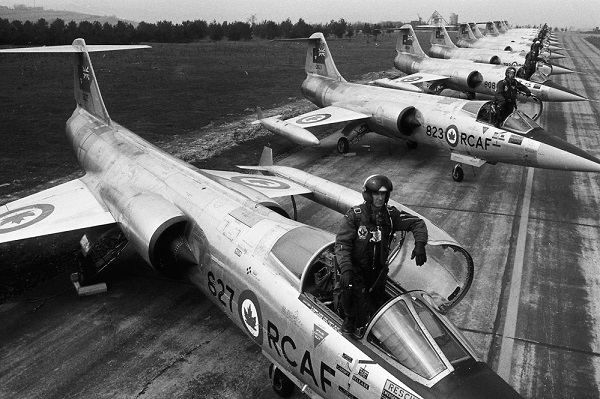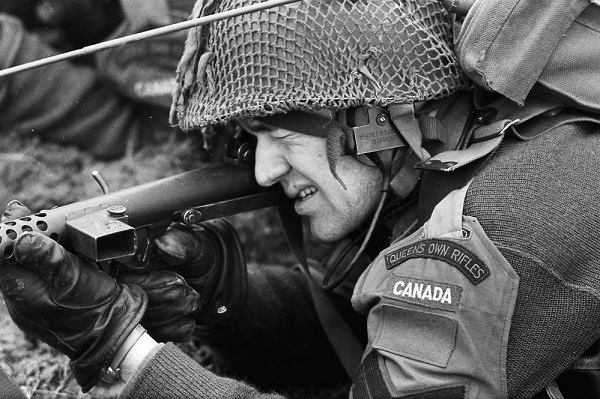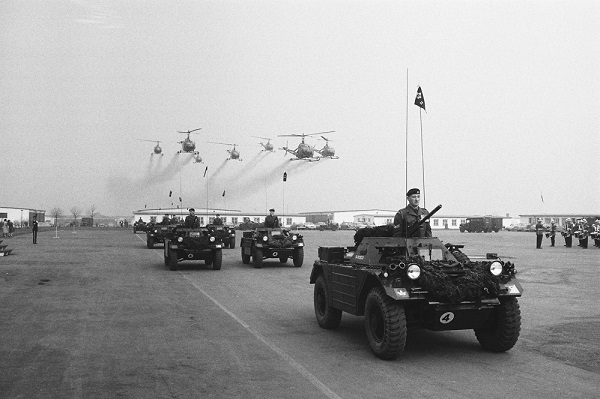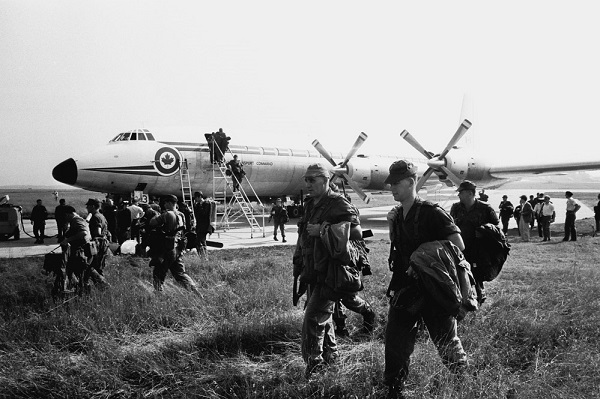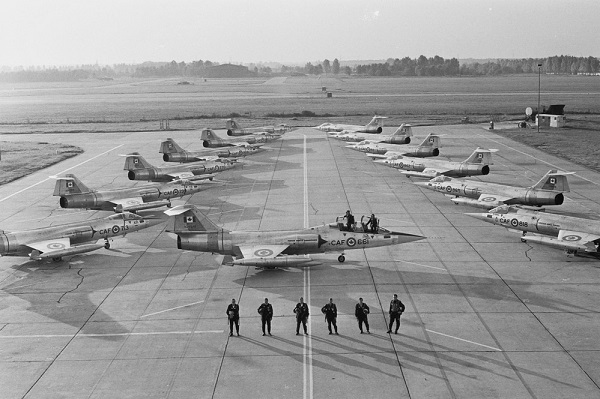The birth of NATO
Despite the important role it would provide to the international community, the United Nations power to curb the escalating Cold War was limited. Dramatic episodes, like the Soviet Union’s blockade of Berlin (1948–1949), increased the growing distrust between former wartime allies. The countries of Western Europe and North America recognized the need to work together, outside of the parameters of the United Nations, to counter the growing Soviet threat to democracy.
NATO was established on 4 April 1949, with the signing of the North Atlantic Treaty in Washington, D.C. This political and military alliance was formed to protect the freedom of its citizens and uphold the principles of democracy and the rule of law. Canada played a prominent role in NATO’s creation and was one of its 12 charter members, along with the United States, United Kingdom, France, Belgium, Denmark, Iceland, Italy, Luxembourg, the Netherlands, Norway and Portugal.
